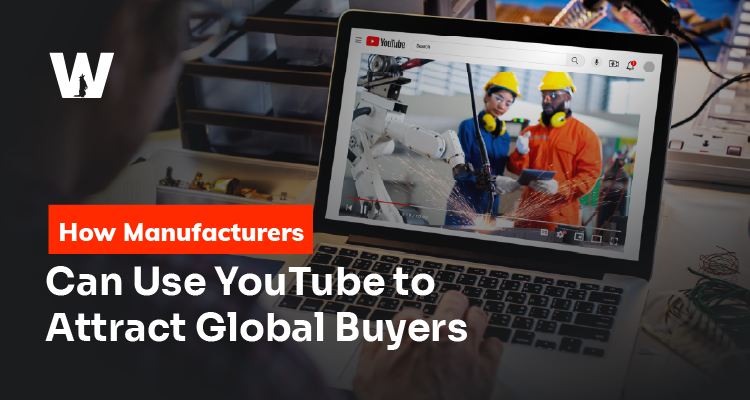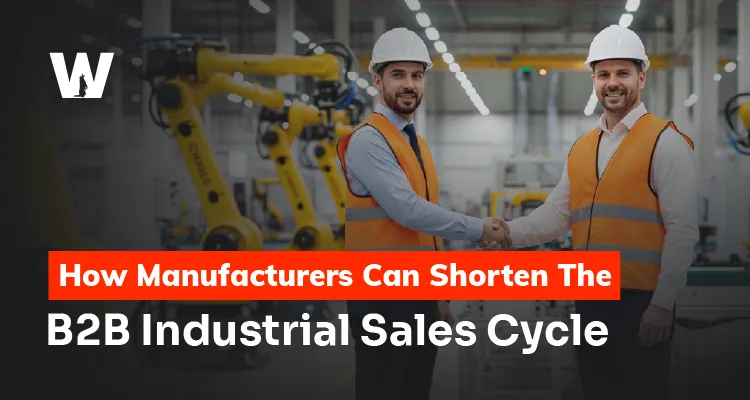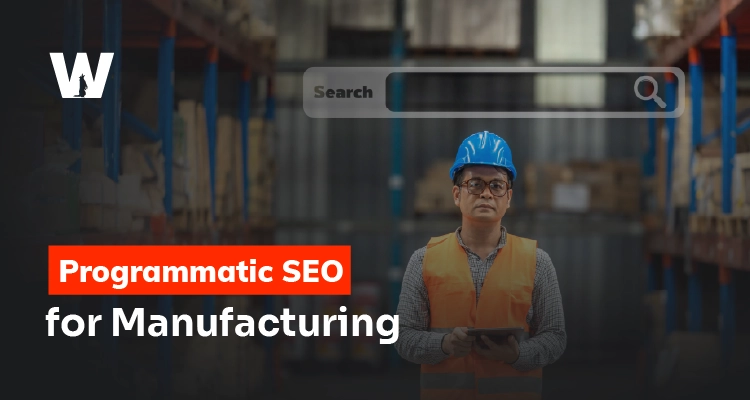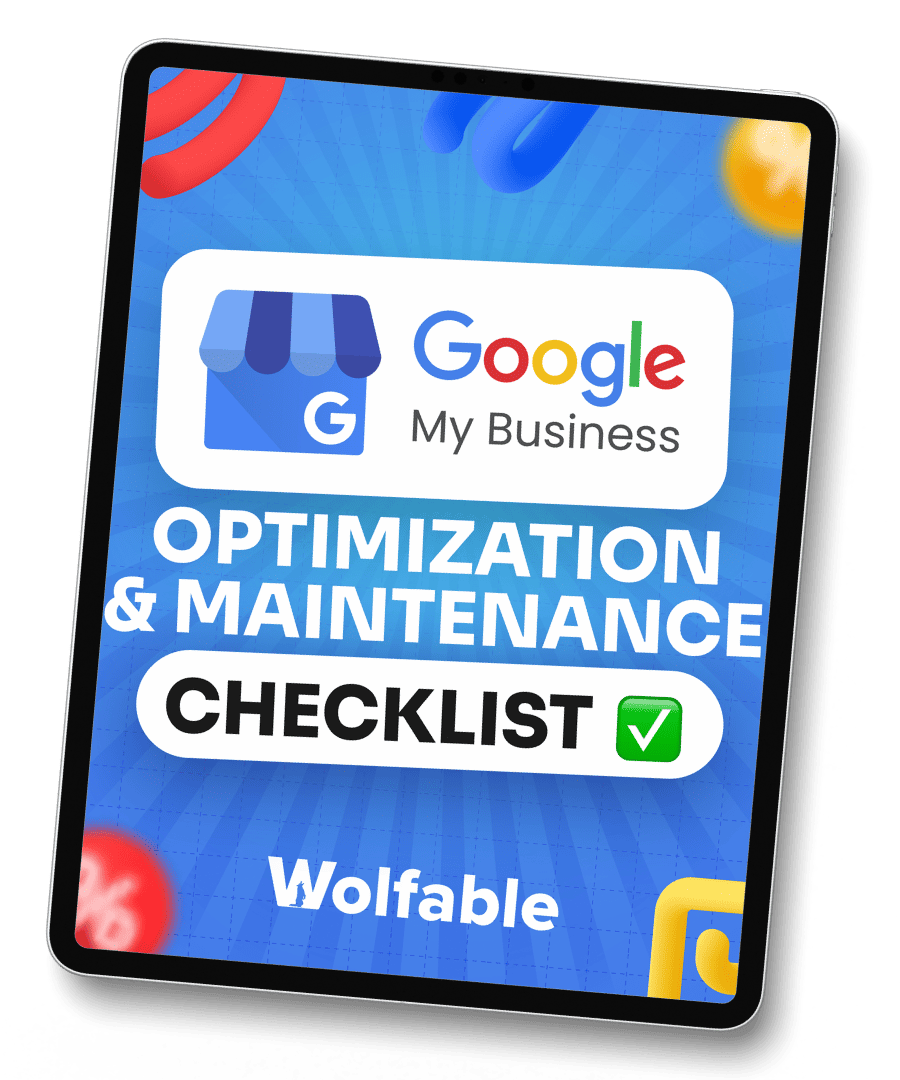Wraps up in 10 Minutes
You build great machines, components, or systems.
You know your product inside out, but buyers around the world don’t always find you.
That’s where YouTube comes in.
It’s not just a place for unboxing videos and cat clips —YouTube is a search engine, a demo room, and a trust machine all rolled into one.
If you use it the right way, your videos can attract procurement managers, design engineers, distributors, and end customers from across the globe.
This guide walks you through a practical, step-by-step YouTube strategy tailored for manufacturers. We will cover why video works for B2B sales, which video types move buyers through the funnel, how to produce solid content on any budget, and how to optimize, promote, and measure results.
Let’s dive in!
Why YouTube Works for Manufacturers
YouTube is the world’s second-largest search engine.
Buyers search for solutions, product demonstrations, and verification before they ever pick up the phone.
Video answers questions faster than text. It shows how your equipment runs, how robust your QA process is, and how your product performs in real-life conditions.
That visual proof shortens the sales cycle because it reduces the buyer’s perceived risk.
For manufacturers, complexity is an advantage: you can show what words can’t. Assembly, tolerance, operation, and maintenance become clear when a camera captures them.
Videos also live forever—one well-made demo or factory tour keeps generating leads for months or years.
Most importantly, video builds trust. A tour of your production floor or a customer testimonial gives buyers confidence you’re real, reliable, and capable of delivering at scale.
When buyers trust you, they’re more likely to request quotes, samples, or an audit.
Understand Your Buyer & The Buyer’s Journey
Before you press record, know who you’re talking to.
In manufacturing, your buyers can include procurement managers, design engineers, operations heads, distributors, and sometimes end customers.
Each persona has different questions and needs. Therefore, you need to map each video to the buyer’s stage in the funnel.
At the awareness stage, short overview videos introduce the problem you solve. In consideration, demos and comparison videos show how your product works and why it’s better. Near decision, case studies, factory audits, and spec walk-throughs answer final technical questions and verify capability.
Video Types That Sell
Not every video needs to be a feature-length demo. Different video types serve different purposes.
Let’s check out the different types of videos that can help your manufacturing business reach your buyer personas.
1. Product demo videos:
- Purpose: show function and performance.
- Example: a 5-minute test showing how your conveyor handles different loads, with measured throughput numbers.
- CTA: Request a sample or datasheet.
2. Factory tour video
- Purpose: build credibility and reduce risk.
- Example: a 3–6 minute tour highlighting production lines, capacity, quality control stations, and certifications.
- CTA: Schedule a factory audit or request capacity info.
3. Customer case studies/testimonials:
- Purpose: prove ROI and reliability.
- Example: a client explains how your press reduced downtime by 30% and lowered the cost per part. Include before-and-after metrics.
- CTA: contact sales for references or a pilot.
4. How-to / Installation guides:
- Purpose: reduce post-sale support friction and show product fit.
- Example: a step-by-step installation of a machine module, with common pitfalls and troubleshooting tips.
- CTA: download the manual or contact tech support.
5. Comparison / Vs videos:
- Purpose: position against alternatives.
- Example: “Hydraulic Press A vs. B — energy use, cycle time, and maintenance.” Be factual and fair—engineers appreciate transparency.
- CTA: compare spec sheet or request test data.
6. Live Q&A / Webinars:
- Purpose: real-time trust building and detailed technical answers.
- Example: a 45-minute webinar demonstrating a high-value machine and answering live questions from engineers.
- CTA: register for a product trial or technical session.
7. YouTube Shorts:
- Purpose: create teasers and drive viewers to full demos.
- Example: a 30-second clip showing a machine running at speed with a caption like “See full test: link in description.”
- CTA: watch the full demo.
YouTube Channel & SEO Optimization
Your channel is your digital showroom. Optimize it so buyers find, watch, and act.
- Channel setup: Use a clean banner that states your industry focus, include a contact email and website link, and organize playlists by persona and use case. Add a concise About section with keywords your buyers use.
- Titles: Follow the formula: [Product/Problem] + [Benefit] + [Demo/Explained]. Put keywords early and keep titles under ~70 characters so they display cleanly on mobile.
- Thumbnails: Design bold thumbnails with a close-up product shot and 2–4 words of large text (e.g., “See It Run” or “Rated 24k hrs”). High contrast and legible fonts matter on small screens. A/B test variants when possible.
- Descriptions: Use the first two lines for a hook and CTA because that’s what appears above the fold. Below that include specs, timestamps (chapters), links to datasheets, a contact form, and links to related videos or playlists. Paste the full transcript or an extended summary for SEO.
- Tags: Mix broad industry terms (e.g., “conveyor system,” “bulk handling”) with model-specific tags and application keywords. Think like your buyer: what phrases would they search?
- Chapters & cards: Break long demos into logical sections (Intro, Specs, Setup, Test Results, CTA). Use cards and end screens to link to playlists, product pages, or a contact landing page.
- Captions & transcripts: Always provide captions for accessibility and improved indexing. Start with auto-captions but edit them for technical accuracy.
- Channel authority: Publish consistently. A steady cadence of long-form demos, shorts, and case studies builds reach and trust over time.
Conclusion
Video shortens the sales cycle, builds trust faster than glossy brochures, and turns complex specs into clear buying signals.
But if you prefer to move faster or want help doing this right the first time, consider partnering with a specialist. Wolfable is a digital marketing agency that focuses on the manufacturing sector.
They have helped numerous industrial clients establish a professional digital presence, produce engineer-friendly video content, and run targeted SEO and ad campaigns that generate measurable leads and revenue growth.
Wolfable understands how to translate torque specs into compelling demos, organize content so procurement and engineering buyers can binge the right material, and build localization and distributor assets that close sales in global markets.
Ready to take your manufacturing brand global with YouTube?
Ready to take your manufacturing brand global with YouTube? Schedule a consultation with Wolfable today and start turning views into buyers.









